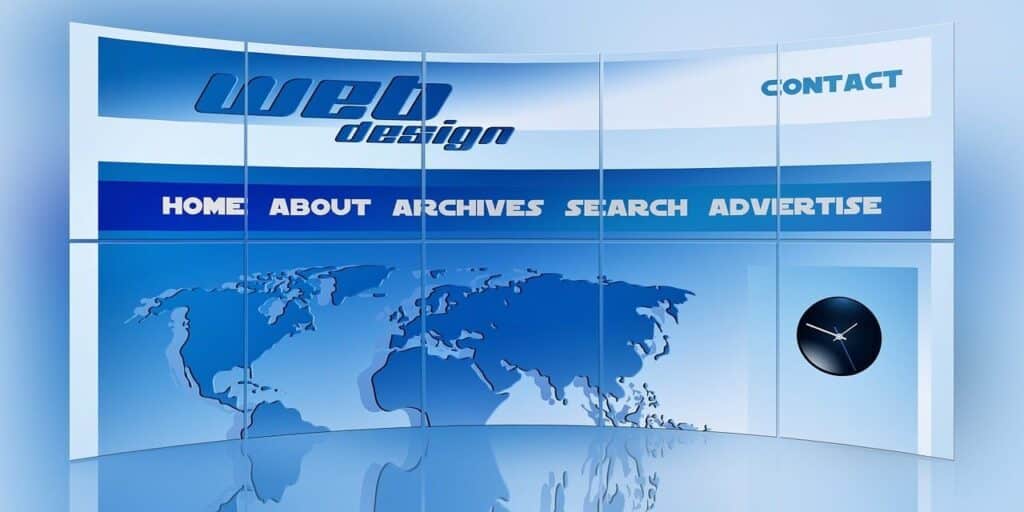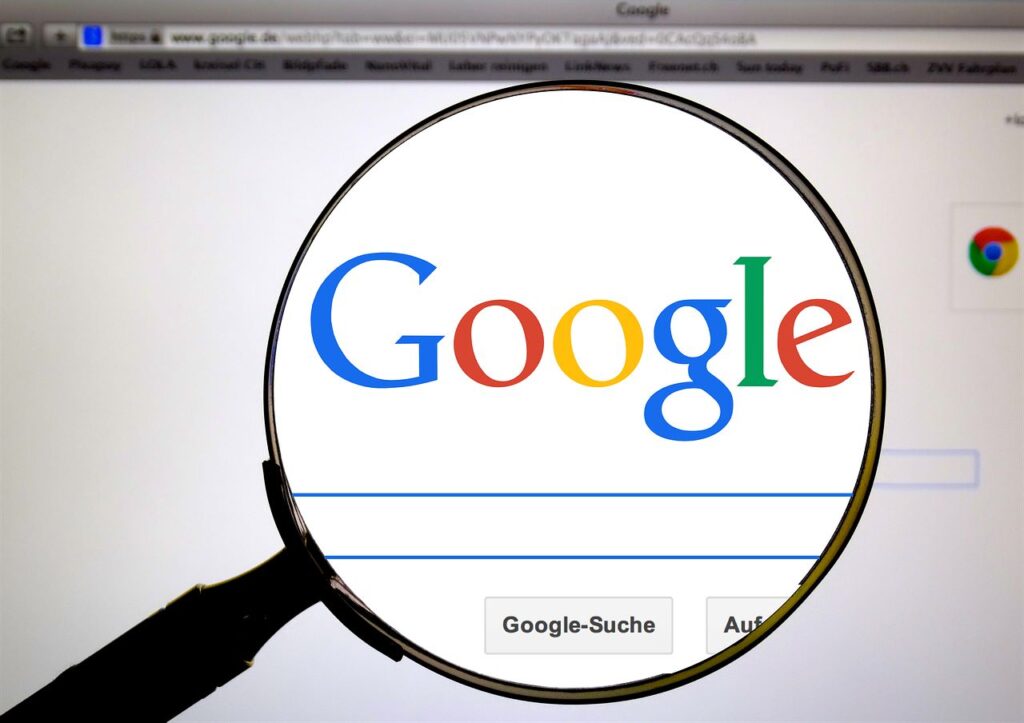As we enter 2025, user expectations for website design are higher than ever. Modern users demand fast, visually appealing, and intuitive experiences across all devices. Businesses can no longer afford outdated or slow-loading websites, as these directly impact engagement and credibility. A successful digital presence goes beyond aesthetics—it prioritizes user experience (UX), accessibility, and performance. By adopting trends like minimalism, dark mode, and mobile-first layouts, companies can create experiences that stand out, drive conversions, and support long-term growth.
Minimalistic and Clean Interfaces
Minimalism is redefining website design in 2025. It’s no longer just about aesthetics—it’s about function and clarity. Designers are embracing open spaces, clean layouts, and intentional color choices that reduce distractions and guide users directly to the call-to-action (CTA). This purposeful approach enhances user experience, improves navigation, and helps increase conversions by making every element on the page meaningful and goal-oriented.
Dark Mode as Default
Dark mode is quickly becoming a staple in modern website design. With its sleek appearance and energy-saving benefits, it’s no longer just a user preference—it’s evolving into a design standard. In 2025, users increasingly expect websites to offer a dark mode option, if not set it as the default. Integrating this feature enhances visual comfort, aligns with user expectations, and adds a modern, premium feel to your digital presence.
AI-Powered Personalization
Website design in 2025 is becoming smarter and more intuitive, thanks to AI-driven personalization. From customized content recommendations to predictive navigation, intelligent features are now central to enhancing user engagement. Modern platforms leverage user data to deliver tailored experiences that not only improve satisfaction but also drive conversions by anticipating user needs in real time.
Advanced Micro-Interactions
Micro-interactions are becoming a powerful element in modern website design. These subtle animations—triggered by scrolling, hovering, or clicking—not only enhance the user experience but also make your site feel alive and intuitive. In 2025, smart use of these small yet impactful moments helps create more engaging and interactive user journeys, improving both usability and satisfaction.
Motion UI and Animated Content

Micro-interactions are becoming a powerful element in modern website design. These subtle animations—triggered by scrolling, hovering, or clicking—not only enhance the user experience but also make your site feel alive and intuitive. In 2025, smart use of these small yet impactful moments creates more engaging and interactive user journeys, improving both usability and satisfaction.
Voice Search-Optimized Interfaces
With the rise of voice assistants like Alexa and Google Assistant, website design must now account for voice search optimization. This involves using conversational copywriting, question-based headings, and structured data to ensure content is easily parsed and surfaced by voice-driven search engines. In 2025, integrating voice-friendly features is essential for accessibility, SEO, and staying ahead in a voice-first digital landscape.
Immersive 3D and AR Elements
Immersive experiences like 3D product views and augmented reality previews are transforming website design in 2025. These interactive features allow users to engage with products in a lifelike way, boosting confidence and driving purchase decisions. E-commerce sites, in particular, are rapidly adopting this innovative approach to website design to enhance user experience, reduce uncertainty, and stand out in a competitive digital marketplace.
AI Assistants & Chatbots
AI-powered support has become an integral part of modern website design. Smart chatbots can now answer queries, suggest products, and even schedule appointments in real time. In 2025, users expect seamless, AI-driven assistance on nearly every business site. Integrating intelligent chat features into your website design not only improves customer experience but also boosts engagement and conversions around the clock.

Sustainable Web Design
Sustainability is becoming a key consideration in website design. Sustainable design focuses on performance optimization, minimal server load, and energy-efficient features—benefiting both the planet and your business. In 2025, eco-friendly website design not only supports environmental responsibility but also enhances site speed, improves SEO, and aligns with the values of modern users who prioritize green digital practices.
Typography That Leads
Typography is playing a major role in modern website design. Big, bold fonts, fluid headlines, and clear hierarchies define the visual tone of 2025 websites. This typography-first approach not only grabs attention but also strengthens branding and enhances readability across all devices. Thoughtful website design now prioritizes font choices that communicate personality while ensuring accessibility and user comfort.
Conclusion
In 2025, website design is shifting from simply looking good to serving a clear purpose through intelligent, user-focused functionality. Whether you’re building a new site or revamping an existing one, embracing these forward-thinking trends will help you create a high-performing, future-ready digital presence that attracts, engages, and converts.




